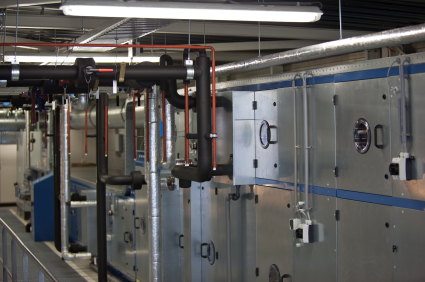Understanding Hoop Stress
Hoop stress is a vital parameter in evaluating the strength and reliability of piping systems. It is the primary stress component responsible for containing the internal pressure within the pipe, preventing leaks, deformations, or catastrophic failures. Hoop stress acts tangentially to the pipe’s circumference and is highest at the innermost surface.
Calculation of Hoop Stress
The calculation of hoop stress involves a straightforward formula:
Hoop Stress (σh) = (P × D) / (2t)
where:
P is the internal pressure in the pipe,
D is the pipe diameter, and
t is the pipe wall thickness
This formula assumes that the pipe is thin-walled and subjected to uniform pressure distribution. For thicker-walled pipes or vessels with non-uniform pressure distribution, more complex equations may be required, such as the Lamé equation or numerical methods like finite element analysis (FEA).
Factors Influencing Hoop Stress
Several factors influence the magnitude of hoop stress in piping systems:
- Internal Pressure: The primary factor contributing to hoop stress is the internal pressure exerted by the fluid or gas being transported. Higher pressure levels result in increased hoop stress, necessitating proper evaluation to ensure the pipe’s material and thickness can withstand the specified operating conditions.
- Pipe Diameter and Wall Thickness: The dimensions of the pipe, including diameter and wall thickness, directly impact the magnitude of hoop stress. Smaller pipe diameters and thinner walls generally experience higher hoop stress for a given internal pressure.
- Material Properties: The mechanical properties of the pipe material, such as yield strength, tensile strength, and modulus of elasticity, affect the maximum allowable hoop stress. Materials with higher strength properties can withstand higher levels of hoop stress without failure.
- Temperature Effects: Temperature changes can significantly influence hoop stress. Thermal expansion and contraction of the pipe due to temperature variations can induce additional stress in the material. It is crucial to consider the combined effects of thermal stress and hoop stress to prevent material failure or leakage.
- Corrosion and Erosion: Corrosion and erosion can lead to localized thinning of the pipe walls, resulting in reduced strength and increased vulnerability to hoop stress. Regular inspection and maintenance are essential to address these issues and prevent potential failures.
Importance of Hoop Stress Analysis
Analyzing hoop stress is vital for designing safe and reliable piping systems. It ensures that the selected materials, dimensions, and construction techniques can withstand the internal pressure and operating conditions. By evaluating hoop stress, engineers can:
- Select Appropriate Pipe Materials: Assessing hoop stress aids in choosing pipe materials with suitable strength properties and corrosion resistance, ensuring longevity and safe operation.
- Determine Pipe Wall Thickness: Analyzing hoop stress assists in determining the appropriate wall thickness required to withstand the specified internal pressure, optimizing material usage and cost.
- Validate Design Integrity: Hoop stress analysis helps validate the design integrity of piping systems, ensuring they can withstand the expected operational pressures and prevent potential leaks or failures.
Hoop Stress: Understanding its Significance in Piping Systems

Mechanical Engineering Thermal & Fluid Systems PE Exam Resources
NCEES
Contact Us
EngineeringDesignResources.com prohibits the use or reproduction of this material by any means, graphic, electronic, or mechanical, except in the case of brief quotations embodied in critical articles and reviews. This includes photocopying, recording, taping, or by any information storage retrieval system.
Due to the dynamic nature of the Internet, web addresses or links in these materials may have changed.
Any resemblance in the images in this material to actual people or locations is merely coincidental. EngineeringDesignResources.com prohibits reprinting, copying, changing, reproducing, publishing, uploading, posting, transmitting, or using in any other manner images in this material.
